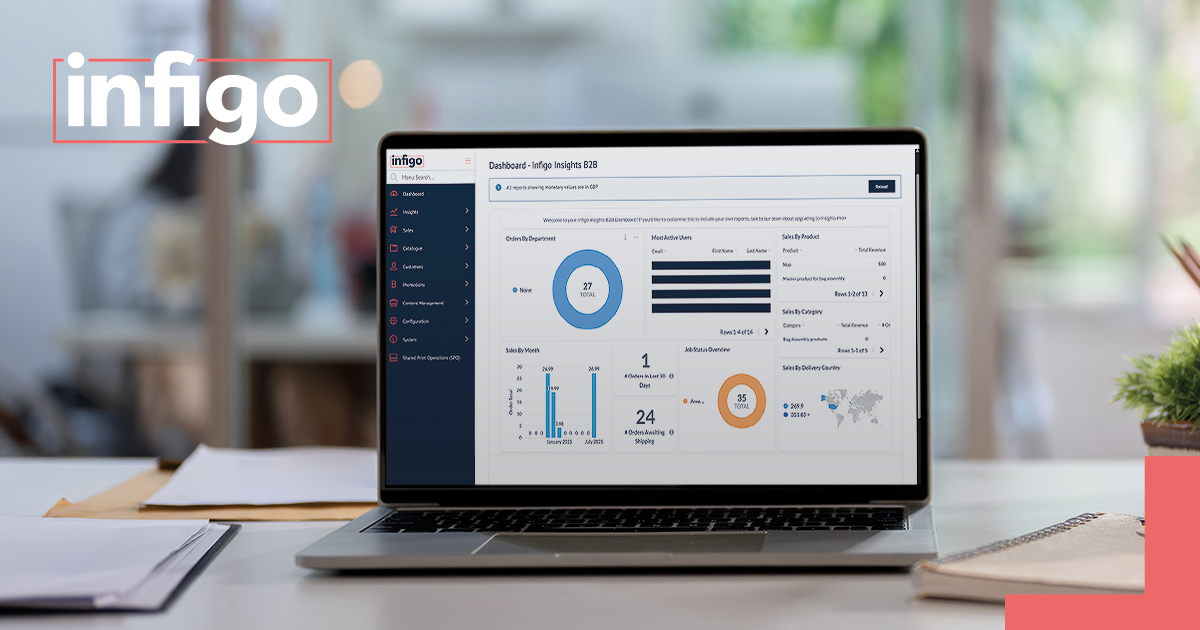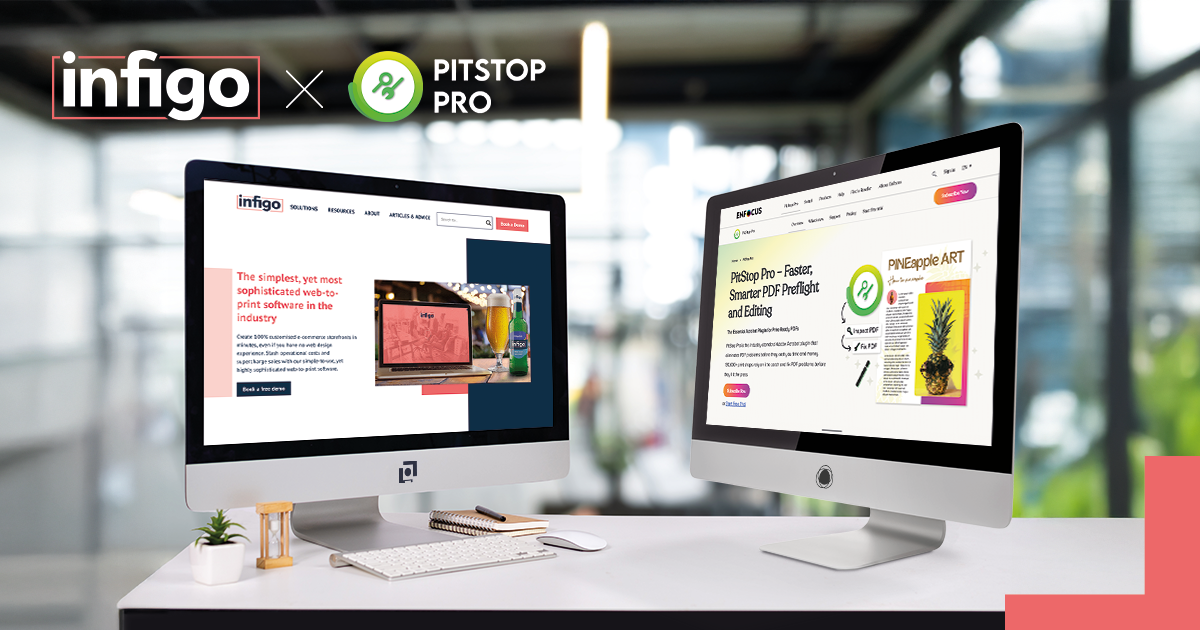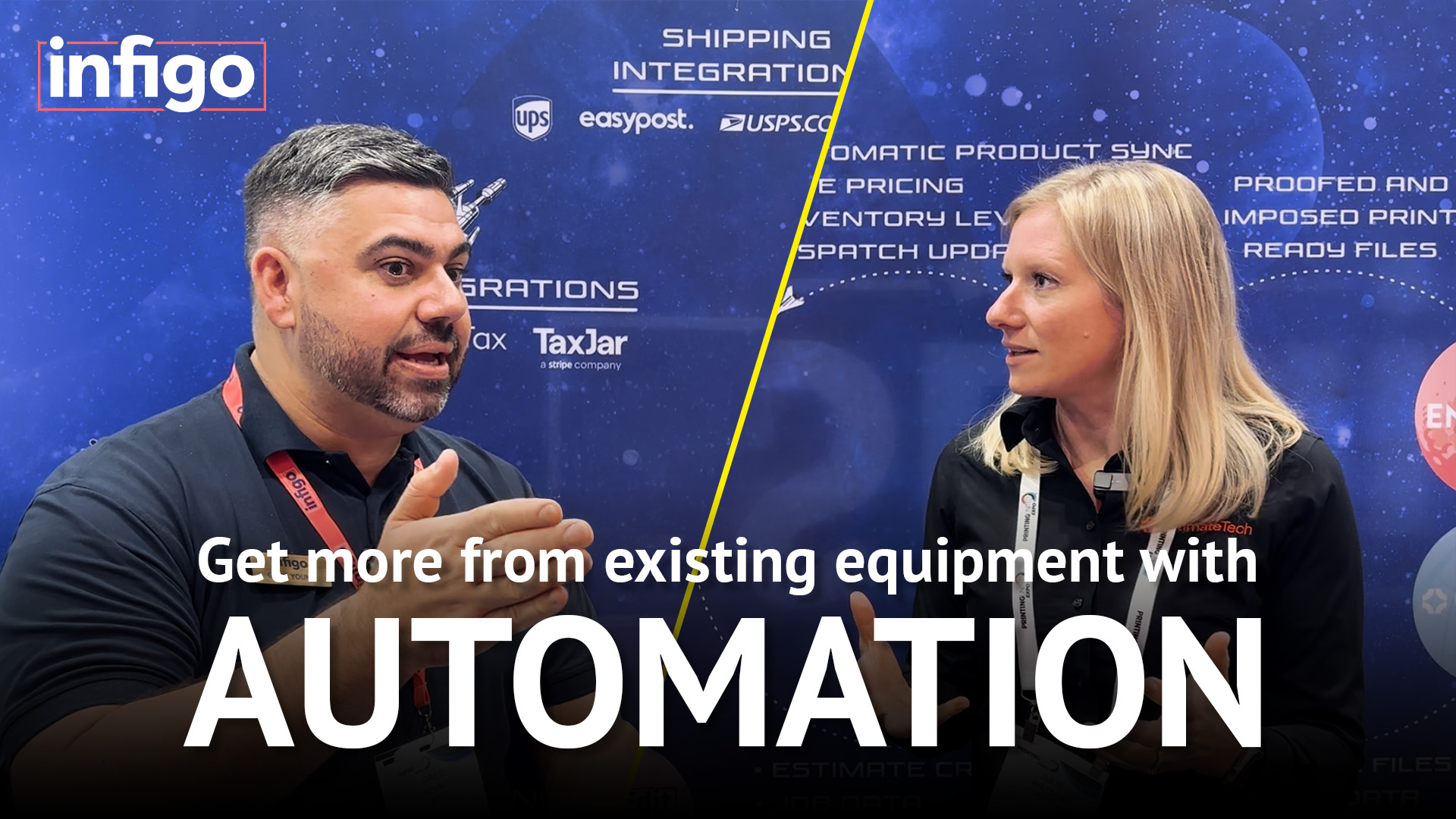Inside our Infigo QA Department, we don’t just test tick boxes. We are testing to make sure our clients can confidently rely on their storefronts working on a daily basis, even when there are dozens of moving parts behind the scenes. That’s especially important when you consider how complex our systems are, not just technically, but in terms of how they’re actually used by our different types of users and our customers’ customers.
Before we crack on with testing, we try to evaluate how any updates our developers are making will affect real user behaviour. We work closely with our developers, and sometimes even our project managers, to get a full picture of what’s been changed, and why it was changed – what is the purpose?
What Is a Critical Path?
This is where identifying the “critical path” becomes essential. Not everything our platform is capable of has the same weight. A broken text alignment in a rarely used admin screen is not the same as a broken checkout page or MegaEdit not loading properly. The critical path refers to those key workflows that absolutely have to work for our customers, every single time. These are the journeys our customers’ customers take to place an order, customise a product, approve artwork, or manage their storefront. If any one of those steps fail, the customer journey collapses entirely, and could potentially leave a sour taste in their mouth.
How We Identify Critical Paths
To figure out which paths are critical, we’ll consider a few different angles. First, we look at what our clients rely on most in day-to-day operations, usually that involves product setup, MegaEdit customisation, pricing rules, and integrations with third-party services like payment gateways or shipping. We also factor in what the everyday high risk areas are and previous incident history. If something has caused problems before or has the potential to block orders or payments, it gets flagged by our Team Leader, Alina, for deeper testing. And of course, we also think about the financial impact on our customers, and our customers’ customers. If a broken payment gateway rule could affect how pricing is calculated across thousands of transactions, that’s incredibly critical.
The Reorder Flow
Some common paths we test again and again include the basic (but critical) order journey, from landing page, to product selection, through MegaEdit, basket, checkout, confirmation – and checking that the output is generated successfully on the admin side, in Shared Print Operations. Another basic, but critical reorder flow, which involves login, selecting previous jobs, artwork approval, a streamlined checkout – and again ensuring the output is generated successfully for the admin. And then there’s the admin platform side, where users’ artwork is generated as mentioned before, and other things like setting pricing, configuring products, and publishing them live to the storefront. Each of these paths may sound straightforward, but they all rely on multiple systems working together in sync.
And that’s our point. We’re not just testing components in isolation. We’re following the full end-to-end flow from our user’s perspective, because even something minor, like a misconfigured rule or a browser-specific styling bug, can cause confusion or even prevent an order being placed.
We mirror actual customer storefronts where we can, with the same product options, templates, rules, and user permissions. That’s how we catch issues that would only appear in a very specific combination of settings, which is exactly the kind of issue that ends up affecting clients in live environments if it’s missed.
QA Is Baked into Every Release
QA isn’t just the final step at Infigo, it’s built into every release cycle. We’ll ask questions other teams might not think to ask, because we’re not just looking at what’s supposed to happen. We’re thinking about how it might break.
And in the end, that’s what our critical-path testing is all about. It’s definitely not glamorous, and it’s rarely visible to our end customers, but it’s what keeps your journey smooth. It’s what stops an important order from failing at the last step. It’s what ensures that when you log in, place a rush order, and expect it to go to print without a hiccup, it just works.




